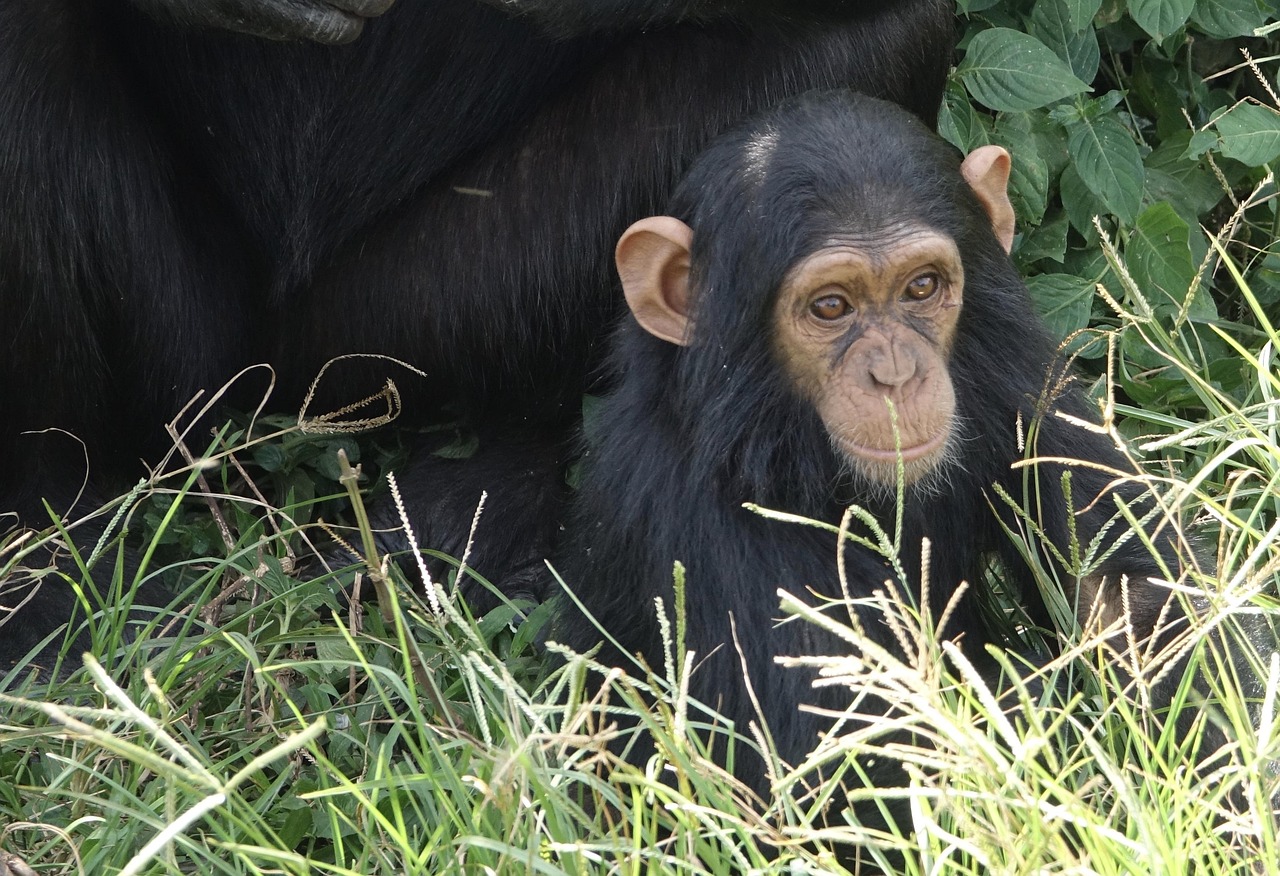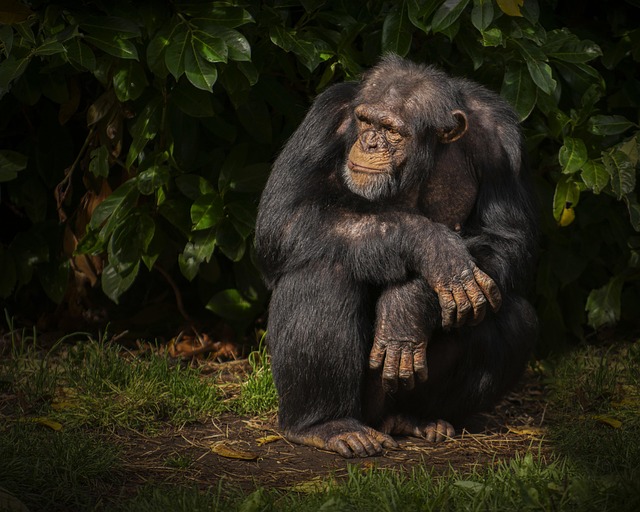The human body, with all its complexity, is the product of billions of years of evolutionary refinement. From our cells to our limbs, each part of us tells a story rooted deep in the tree of life. Yet, scientists are still grappling with fundamental questions about why we evolved to look and function as we do. Why do humans uniquely possess a chin? And why, relative to body size, are our testicles significantly smaller than those of chimpanzees, but larger than those of gorillas?
++ Chinese firm unveils first humanoid Robot with self-swapping battery
To explore these mysteries, researchers follow the evolutionary trail up the tree of life, tracing how key features emerged in the sequence of animal development. Our backbone and limbs came after the invention of the gut and body, while milk and hair predated our fingernails. Understanding why we developed certain traits often relies on the phenomenon of convergent evolution – when similar features evolve independently in different species. For example, while swallows and swifts may appear similar, DNA and skeletal analysis reveal they are only distantly related, with swallows more closely related to owls.
Convergent evolution can serve as a natural experiment, especially when considering traits like testicle size. Across many mammal species, testicle size strongly correlates with mating systems. Monogamous or harem-dominant species such as gorillas and colobus monkeys tend to have smaller testicles, while promiscuous species like macaques, chimps and dolphins have much larger ones. This supports the idea that increased sperm production offers a reproductive advantage in competitive mating environments. Humans, who fall somewhere in the middle, reflect a more balanced reproductive strategy.
++ Russia sets low expectations ahead of peace talks with Ukraine in Istanbul
However, not all traits lend themselves to such analysis. The human chin, for instance, remains an evolutionary enigma. It appears in no other mammal, not even our close relatives the Neanderthals. Theories range from mechanical reinforcement during combat to a leftover feature from softer diets after the invention of cooking. But without another example of a chin evolving independently, scientists have no reliable way to test these ideas. For now, the chin remains a uniquely human mystery – a leftover puzzle piece in the broader picture of our evolutionary journey.





